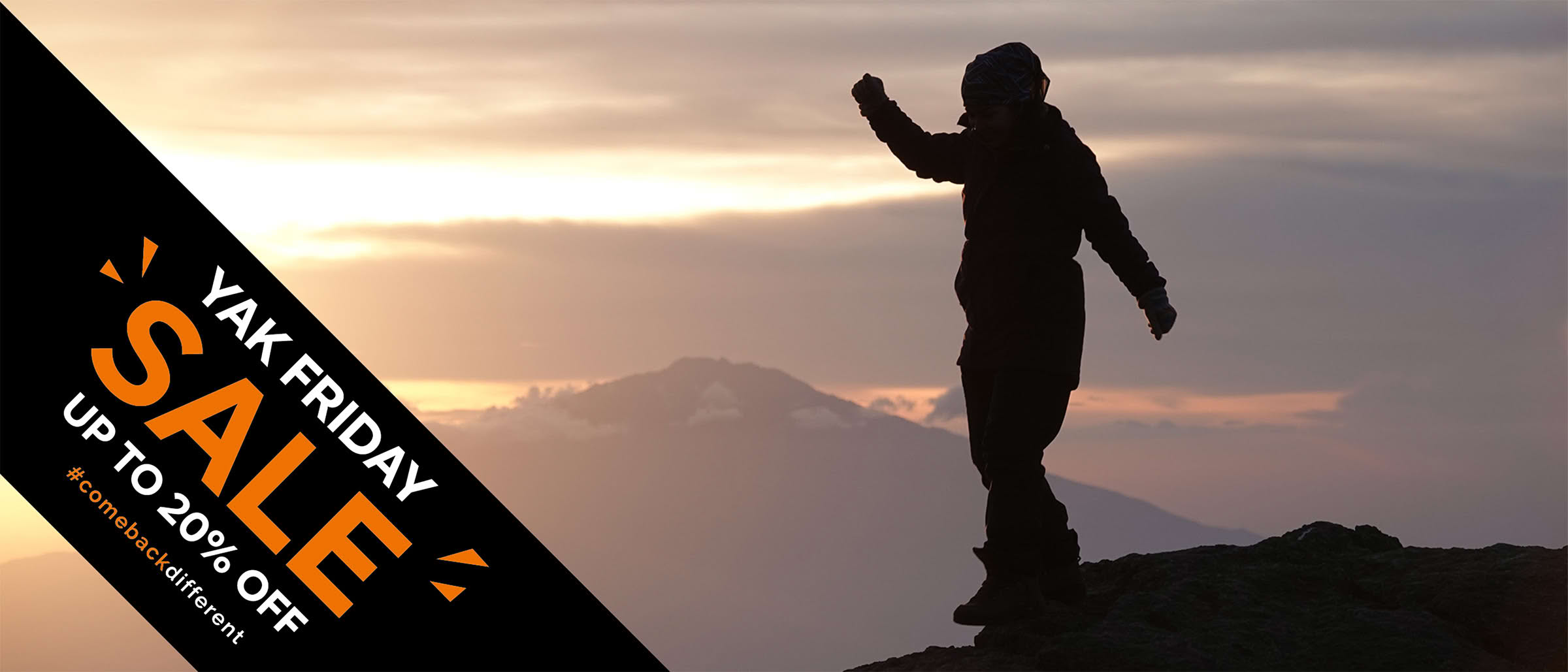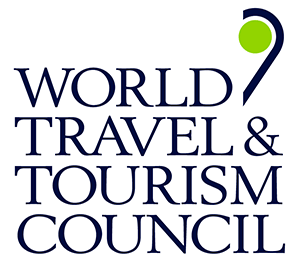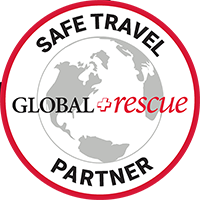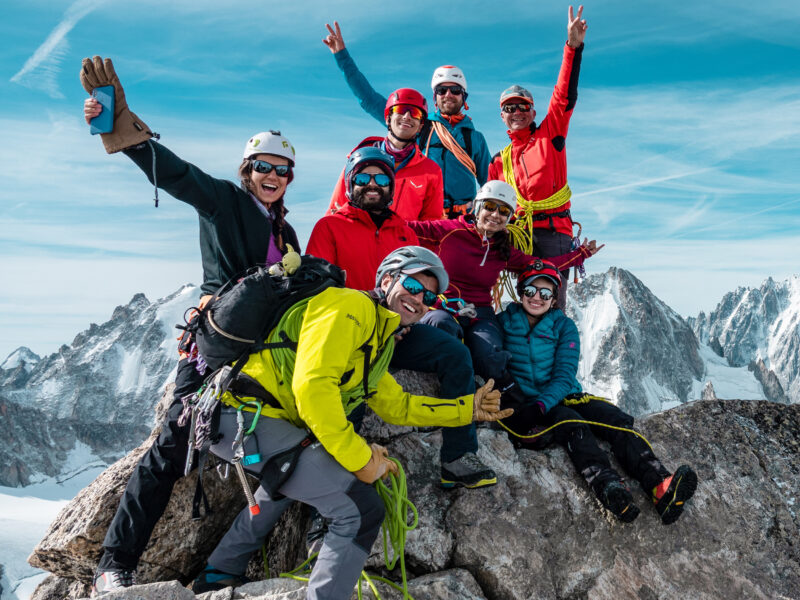BY Rami Rasamny | May 18 2025
The Ultimate Guide to Climbing Aconcagua

At 6,961 meters (22,838 feet), Aconcagua rises as the tallest mountain in the Southern and Western Hemispheres and the second highest of the Seven Summits after Everest. Located in Argentina’s wild Andes, it dominates the skyline of Mendoza Province and stands as one of the most compelling high altitude objectives in the world.
Aconcagua may be nontechnical by its Normal Route, but it is anything but easy. With its altitude, exposure, and remoteness, it is a mountain that demands respect and rewards it with one of the most powerful summit experiences anywhere on Earth.
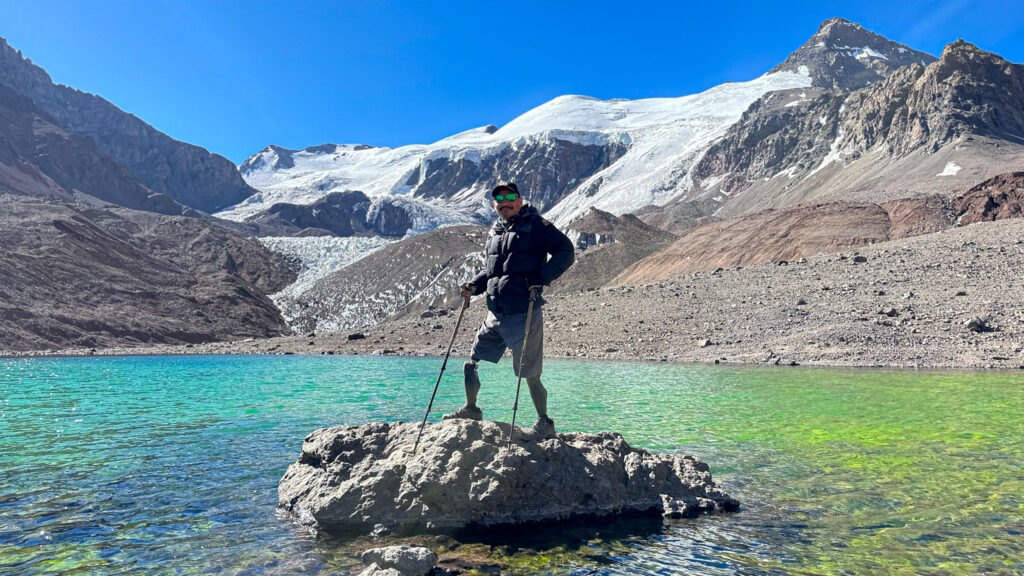
Aconcagua: The Stone Sentinel
Meaning “Stone Sentinel” in Quechua, Aconcagua sits near the Chilean border and has long held cultural significance for the indigenous peoples of the region. Its climbing history begins in 1897 when Swiss climber Matthias Zurbriggen reached the summit during the first documented expedition. Since then, it has earned a reputation as the highest nontechnical mountain in the world, but that doesn’t mean it’s a simple trek.
High winds, freezing nights, and the effects of extreme altitude make Aconcagua a true test of physical and mental resilience. But with the right preparation, professional guidance, and team spirit, it becomes an experience that transforms you from within.
When to Climb Aconcagua
The prime climbing season is December to February, when summer in the Southern Hemisphere brings the most stable weather. These months provide clearer conditions, lower avalanche risk, and better access to the camps and summit.
Even then, Aconcagua’s weather remains unpredictable. That’s why every LHO itinerary includes contingency days for summit flexibility to give you the best possible shot at success.
How Long Does It Take to Climb Aconcagua?
A full Aconcagua climb takes 18 to 20 days. At Life Happens Outdoors, we’ve designed a carefully paced 18 day expedition, starting with gradual altitude gain through strategic acclimatization hikes and three preparatory summits before the main push.
From base camp to summit and back, the climb is a multiday journey involving nights at high altitude camps, intense summit efforts, and extended periods above 5,000 meters, all made safer and more achievable by LHO’s support structure.
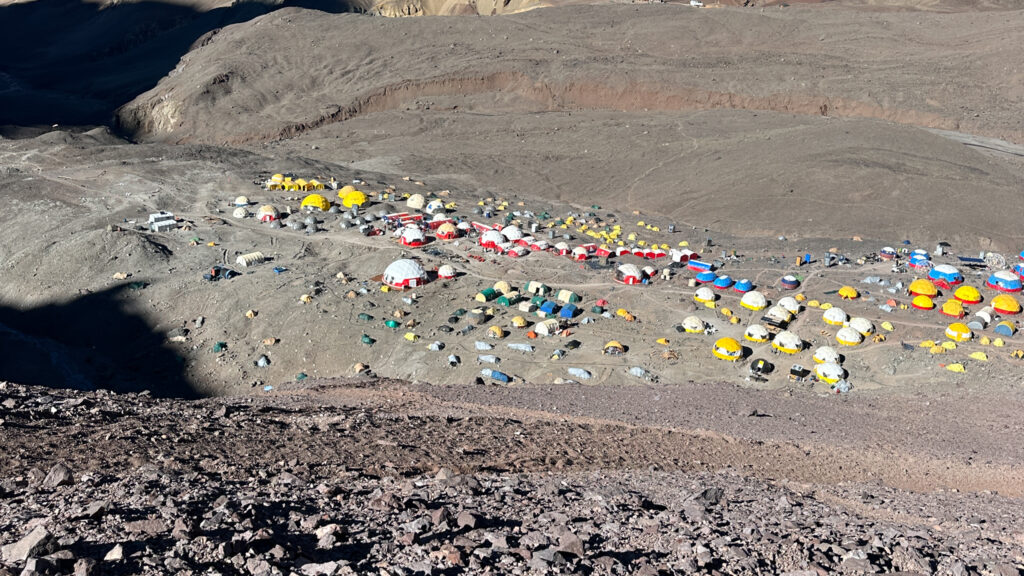
How Hard Is It to Climb Aconcagua?
Aconcagua’s Normal Route may not require ropes or technical climbing, but altitude is the real challenge. Summit day is long, cold, and unforgiving, with winds and temperatures that often plummet below minus 25 degrees Celsius. Many climbers underestimate the physical and mental fortitude needed.
With LHO’s structured acclimatization plan, 10kg personal porter support, high altitude chef prepared meals, and technical tents already pitched ahead of your arrival, your energy is focused where it matters most, the climb itself.
How Much Does It Cost to Climb Aconcagua?
Climbing Aconcagua is a major expedition, and the cost reflects that. Prices typically range from £5,000 to £10,000 GBP depending on the length of the trip, the level of support, and the reputation of the operator. At the lower end, you may find minimalist treks with limited acclimatization and no porter support. At the higher end are fully guided experiences with logistics, acclimatization, meals, gear transport, and high altitude staff, all of which significantly improve safety and summit success.
At Life Happens Outdoors, our Aconcagua expedition is a fully inclusive 18 day experience. We include everything from airport pickup to summit support, with no hidden costs along the way.
We go beyond basic guiding. With a dedicated LHO Team Leader, top tier local guides, chef prepared meals, 10kg of porter support, and all transportation, permits, and accommodations covered, this is an expedition built not just for success but for transformation.
You’re not just buying a climb. You’re investing in the experience of a lifetime, with every detail handled and every step supported.
How to Climb Aconcagua
There are three major routes to the summit:
- Normal Route: The most popular and accessible route, involving high camps, scree slopes, and no technical climbing. Ideal for high altitude trekkers with solid fitness.
- Polish Traverse: A scenic and quieter option that eventually joins the Normal Route. More gradual but logistically longer.
- Polish Direct: A technical climb involving glacier travel and ice. Recommended only for experienced alpinists.
Most climbers take the Normal Route, which still involves extreme altitude, harsh weather, and multi-day summit logistics. With LHO, you’re not just joining a climb, you’re joining a highly supported team that shares the load and lifts you every step of the way.
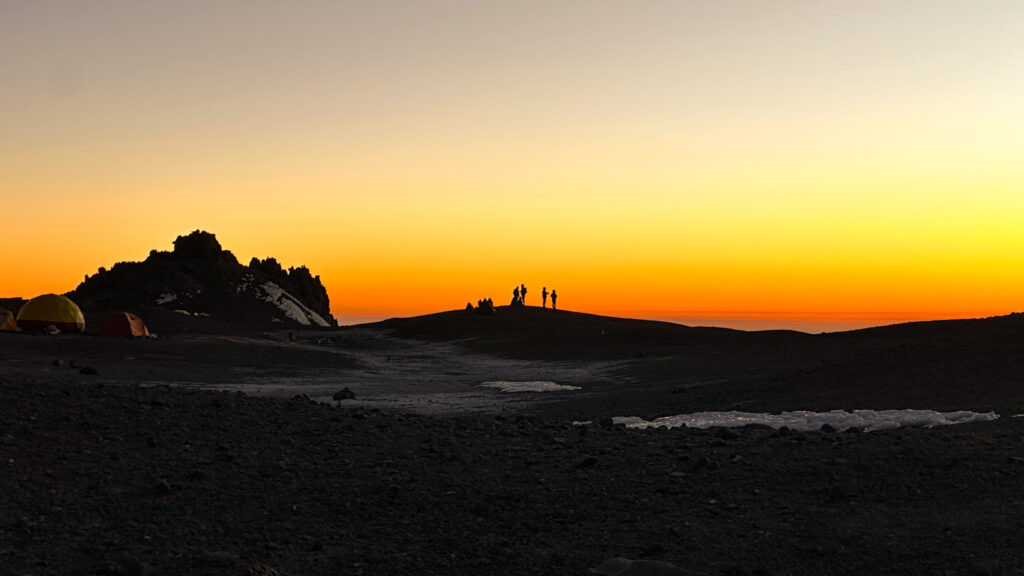
What Do You Need to Climb Aconcagua?
Your gear matters more here than on nearly any other trek. Here’s a high level checklist:
- Double layer high altitude mountaineering boots
- Heavy duty down jacket and full layering system
- Sleeping bag rated to minus 20 degrees Celsius or colder
- Crampons, gaiters, trekking poles
- UV protective sunglasses and headlamp
- 70 to 80 liter backpack, plus a summit pack
- Personal first aid, altitude meds, and energy snacks
Our team offers pre departure gear consultations, a detailed packing list, and in country support to help with last minute purchases in Mendoza. You’re never alone, even before you fly.
LHO Aconcagua Inclusions
- Dedicated LHO Team Leader and Photographer
- Carefully selected Aconcagua guides
- 2 nights in a trendy hotel in Mendoza
- 1 night in a high mountain hotel in Penitentes
- 16 nights in technical tents with sleeping mats
- Personal porter up to 10kg from base camp to Camp 3
- Full setup and takedown of tents at high camps
- 30kg personal duffle transport to Plaza de Mulas
- Private LHO portable toilets at all campsites
- Hot showers at base camp
- All meals prepared by our resident expedition chef
- Welcome and farewell dinners in Mendoza
- Safe drinking water throughout the trip
- Airport transfers to and from Mendoza Airport
- All in country transportation within the itinerary
- All climbing permits and summit certificates
- Fitness and nutrition guides
- Gear shopping assistance before departure
- Bad weather contingency days
- 24/7 LHO Base Camp (office) support
Final Thought
Climbing Aconcagua is more than chasing a summit. It’s standing on top of the Americas with a view that stretches into memory. It’s the camaraderie built in wind whipped camps, the quiet moments on the trail, and the transformation that happens when you push past your limits.
At Life Happens Outdoors, we don’t just take you to the summit. We walk every step with you. From first contact to final farewell, this is a climb designed to make you come back different.
Ready to take on the highest peak in the Western Hemisphere?
Join the LHO Aconcagua Expedition.
About The Author
Rami Rasamny is the founder of Life Happens Outdoors, a premium adventure travel community dedicated to transforming lives through curated outdoor experiences. A mountaineer and entrepreneur, Rami has led teams on some of the world’s most challenging peaks, from the Alps to the Himalayas. His mission is to make adventure accessible, transformative, and safe for all who seek to push their limits and Come Back Different.
About Life Happens Outdoors
At Life Happens Outdoors, we believe in the power of nature to transform lives. As proud members of the Adventure Travel Trade Association (ATTA) and the World Travel & Tourism Council (WTTC), our team of certified guides and outdoor professionals is committed to the highest standards of safety, sustainability, and excellence.
Discover more about our story and mission on our Meet LHO page, or explore our curated adventures such as the Tour du Mont Blanc Trek, the Climb of Kilimanjaro, and Chasing the Northern Lights.









